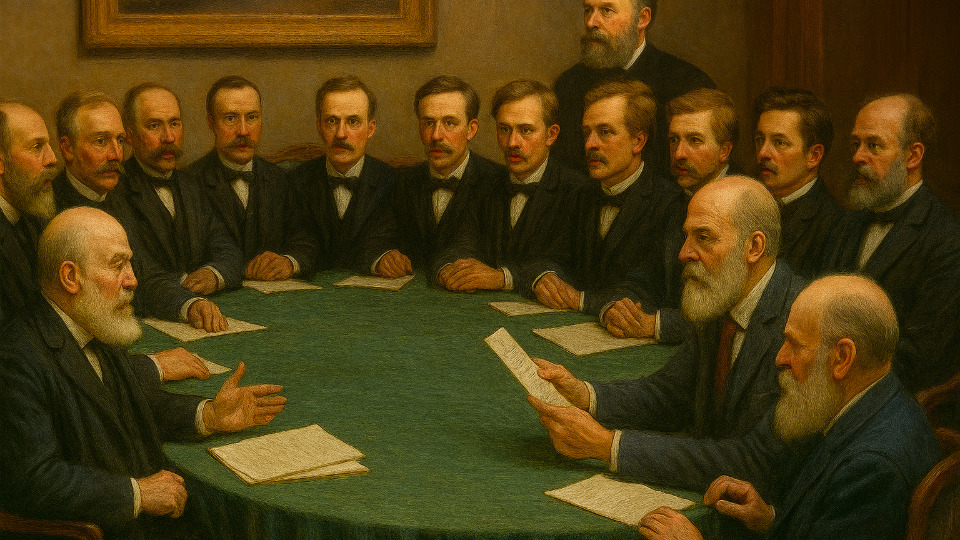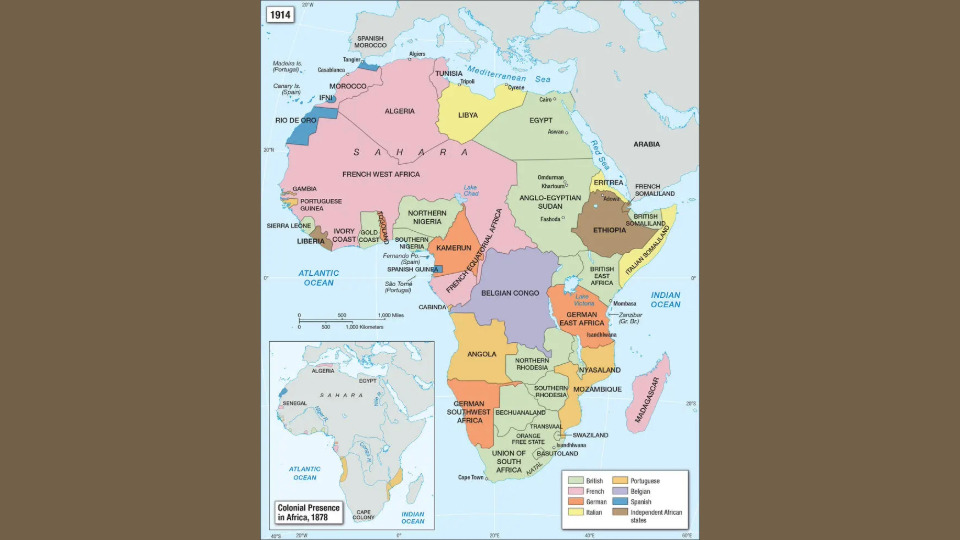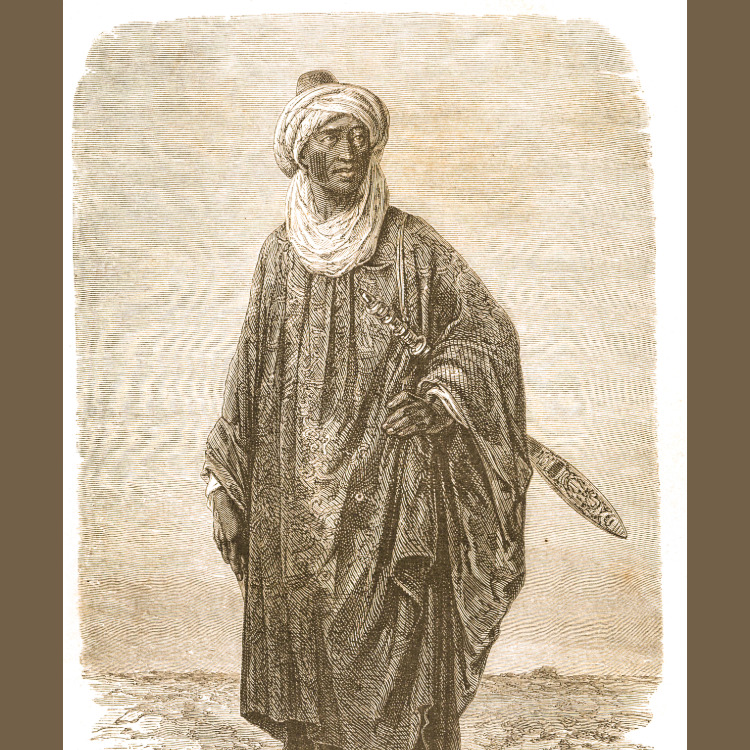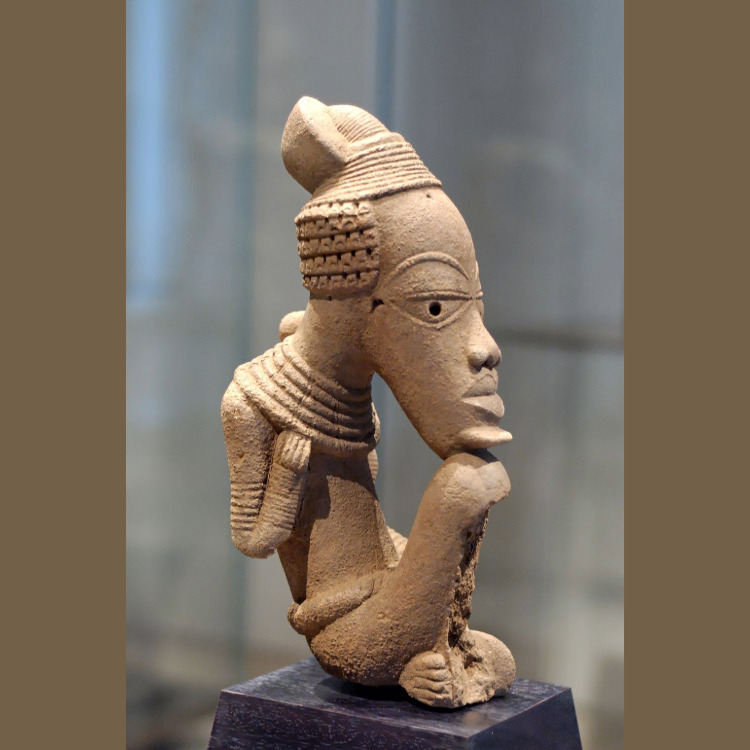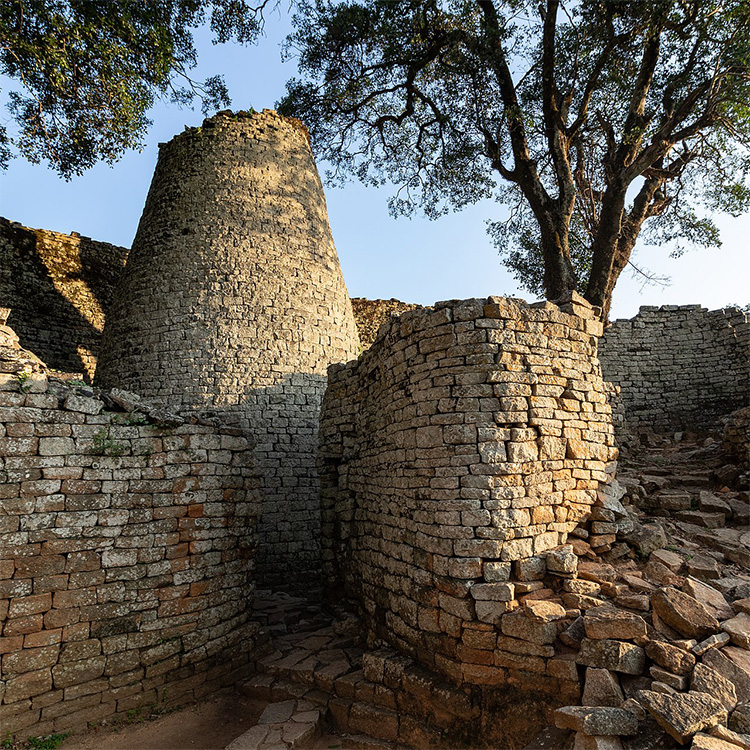The Partition of Africa and the Berlin Conference
The Partition of Africa during the late 19th century transformed the continent’s political map and set the stage for colonial rule that lasted into the mid-20th century. Central to this process was the Berlin Conference (November 15, 1884–February 26, 1885), where European powers met to establish ground rules for claiming African territories without any African representation. The agreements reached not only accelerated the “Scramble for Africa” but also imposed arbitrary borders that ignored preexisting ethnic, cultural, and ecological boundaries.
Origins
By the early 1880s, European nations were locked in fierce competition over African territories and resources. Industrializing powers sought raw materials—gold, ivory, rubber, palm oil—and new markets for manufactured goods. The Congo River basin, rich in timber and minerals, became a flashpoint between Portugal’s historical claims and King Leopold II of Belgium’s private imperial ventures. German Chancellor Otto von Bismarck convened the Berlin Conference to defuse tensions among fourteen invited nations and to legitimize seizures of territory under the principle of “effective occupation.”
Key objectives of the conference included:
– Defining procedures for establishing colonial claims through administration, treaties, or military presence
– Guaranteeing free trade and navigation on the Congo and Niger rivers
– Banning the East African slave trade
– Avoiding military conflict among European powers over African lands
Timeline of Events
– Early 1880s: Intensifying rivalries among Britain, France, Germany, Belgium, and Portugal as they expand coastal footholds and exploratory missions into Africa’s interior.
– November 15, 1884: Opening of the Berlin Conference with Bismarck’s invitation to major European states, the United States, and the Ottoman Empire. No African rulers or representatives attended.
– December 1884: Debate and drafting of the General Act, comprising six declarations on neutrality of river basins, freedom of trade, and conditions for territorial claims.
– February 26, 1885: Signing of the General Act of the Berlin Conference, which formalized “effective occupation” and set the legal framework for colonization.
– 1885–1900: Rapid “Scramble for Africa” as European navies and armies establish posts, roads, and administrative centers across West, Central, East, and Southern Africa. By 1900, only Ethiopia and Liberia remain formally independent.
European Participants
Fourteen European powers and the United States were represented, though only half already held African colonies:
– Austria-Hungary
– Belgium (via the International Association of the Congo)
– Denmark
– France
– Germany
– Great Britain
– Italy
– Netherlands
– Ottoman Empire
– Portugal
– Russia
– Spain
– Sweden-Norway
– United States of America
The major movers were Britain, France, Germany, Belgium, and Portugal, each seeking strategic territories and resources to bolster national prestige and industrial demand.
Effects on African Societies and States
Arbitrary Borders and Political Fragmentation
Colonial boundaries drawn on European maps bisected ethnic groups and combined rival communities, sowing seeds of long-term political instability. Precolonial kingdoms such as the Ashanti, Zulu, and Sokoto Caliphate were dismantled or confined within new administrative units that served European interests.
Economic Exploitation and Labor Regimes
Colonial administrations prioritized cash-crop plantations (cotton, cocoa, peanuts), mineral extraction (gold, diamonds, copper), and forced labor systems. Indigenous laborers were conscripted to build railways, ports, and mines under harsh conditions, enriching European companies while undermining local subsistence economies.
Cultural Disruption and Social Change
Missionary schools introduced European languages, Christianity, and Western legal codes, often undermining indigenous belief systems and governance structures. Traditional rulers were co-opted or deposed, and new colonial chiefs enforced foreign tax policies.
Infrastructure and Urban Centers
Colonial powers built rail lines radiating from ports (e.g., Dakar, Mombasa, Cape Town) to resource hinterlands. Urban centers like Lagos, Nairobi, and Kinshasa emerged as administrative and commercial hubs, linking African producers to global markets but reinforcing patterns of dependency.
Legacy and Modern Impact
Enduring Border Disputes
Modern African states inherited colonial borders enshrined at independence. Disputes over territories—such as those between Eritrea and Ethiopia or Nigeria and Cameroon—trace back to Berlin Conference demarcations.
National Identity and Pan-Africanism
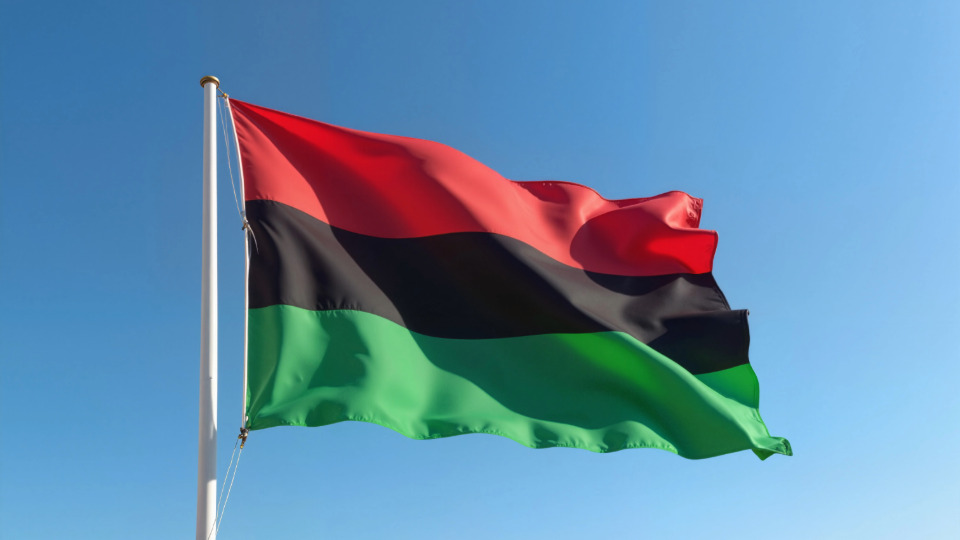
Pan African Flag
The arbitrary partition spurred intellectual and political movements advocating African unity. Pan-Africanism arose in the early 20th century as a direct response to colonial fragmentation, culminating in the formation of the Organization of African Unity (now African Union) in 1963.
Economic Challenges
Many African economies remain oriented toward export of raw materials, a model established under colonial rule. Limited diversification and reliance on global commodity prices continue to hamper development.
Political Stability and Governance
The imposition of foreign administrative systems disrupted indigenous governance and fostered centralized authority in capitals distant from rural communities. Post-independence regimes often struggle with legitimacy, power-sharing, and integrating marginalized groups.
Summary
The Berlin Conference and the subsequent Partition of Africa were watershed moments that reshaped the continent’s destiny. By codifying rules for “effective occupation” and dividing territories with little regard for African societies, European powers laid the foundations for centuries of colonial rule, economic dependency, and geopolitical tensions. The legacy of those arbitrary borders and exploitative systems endures in Africa’s contemporary challenges—yet it also seeded movements for unity and self-determination that continue to inspire the quest for lasting stability and prosperity.
Sources
– “Berlin Conference | 1884, Result, Summary, & Impact on Africa” – Britannica, https://www.britannica.com/event/Berlin-West-Africa-Conference
– “The Berlin Conference and the Division of African Regions: Historical Impacts Explained” – History Rise, https://historyrise.com/the-berlin-conference-and-the-division-of-african-regions/
– “Berlin Conference and the Partition of Africa | Research Starters” – EBSCO, https://www.ebsco.com/research-starters/history/berlin-conference-and-partition-africa
– “The Berlin Conference: Africa’s Partition and the Birth of Pan-Africanism” – Black History Month, https://www.blackhistorymonth.org.uk/article/section/colonialism-and-resistance/the-berlin-conference-africas-partition-and-the-birth-of-pan-africanismdivide-the-african-continen/
– “Berlin Conference 1884-1885: Impact on Africa’s Partition and Legacy” – StuDocu, https://www.studocu.com/row/document/zetech-university/african-history/berlin-conference-1884-1885-impact-on-africas-partition-and-legacy/134835253
latest video

nia via inbox
Stay connected. Subscribe and get updated on what's new with Nia!


